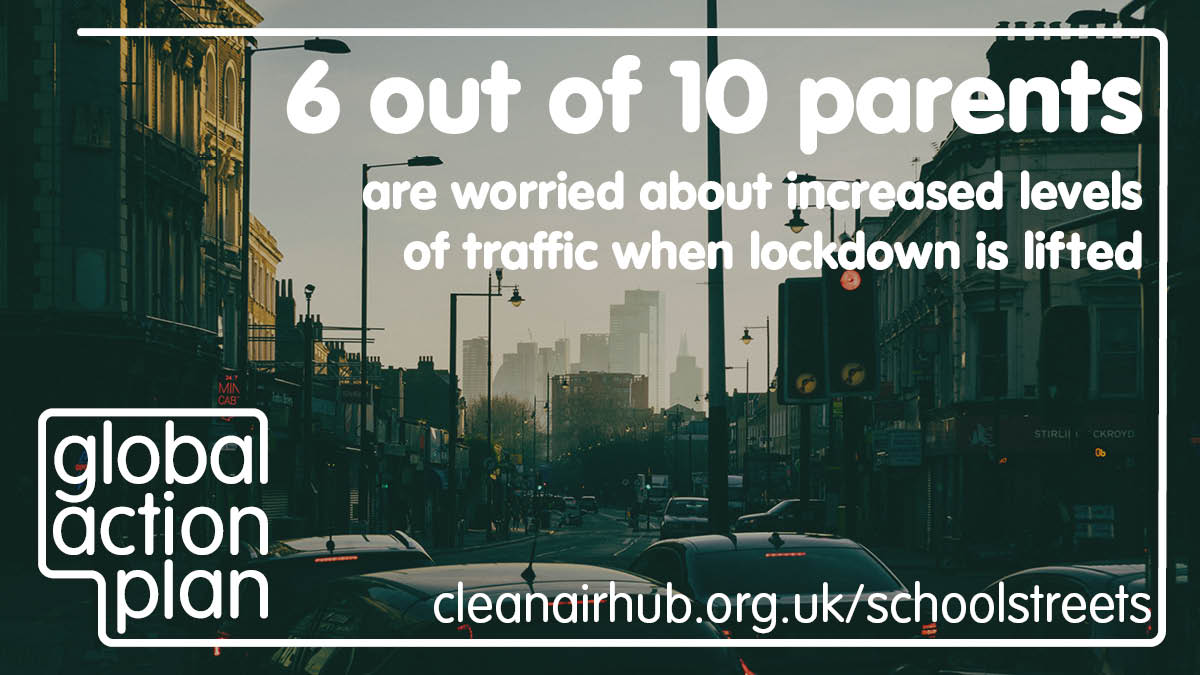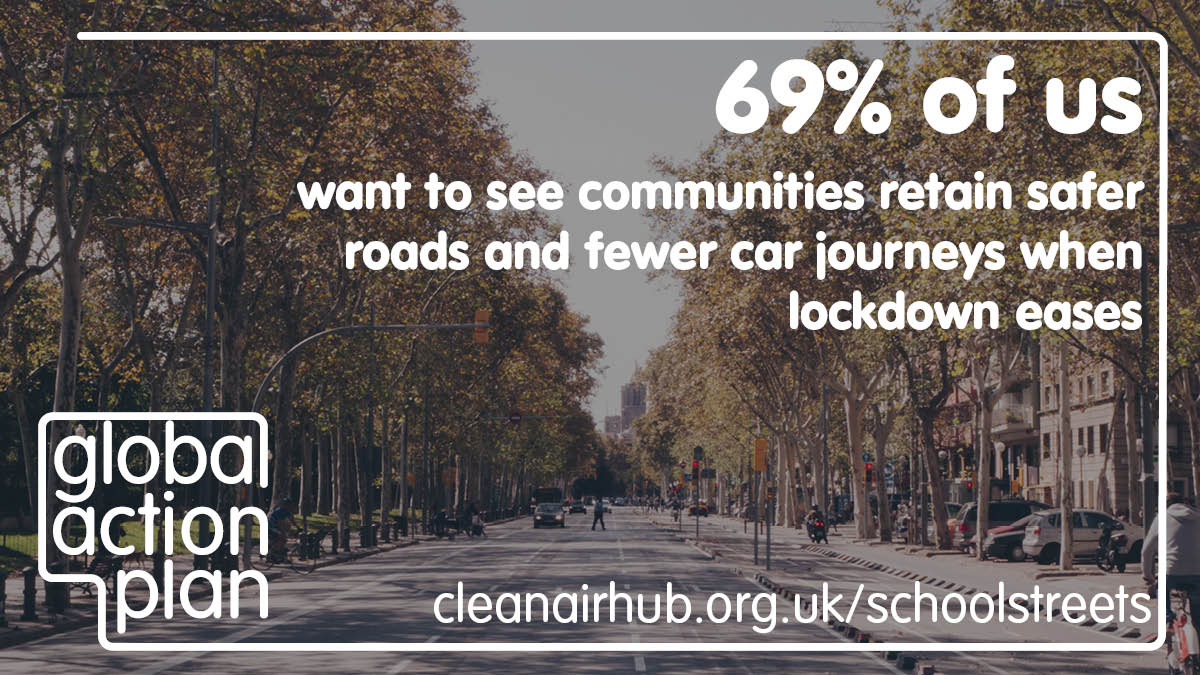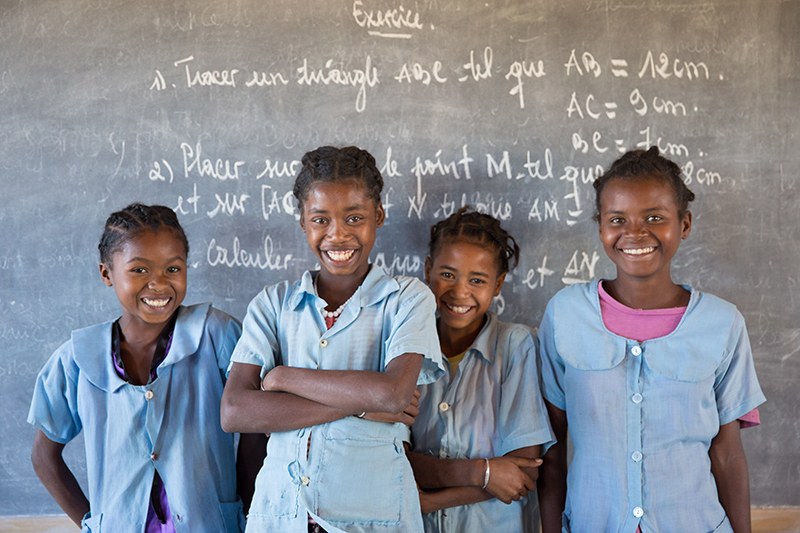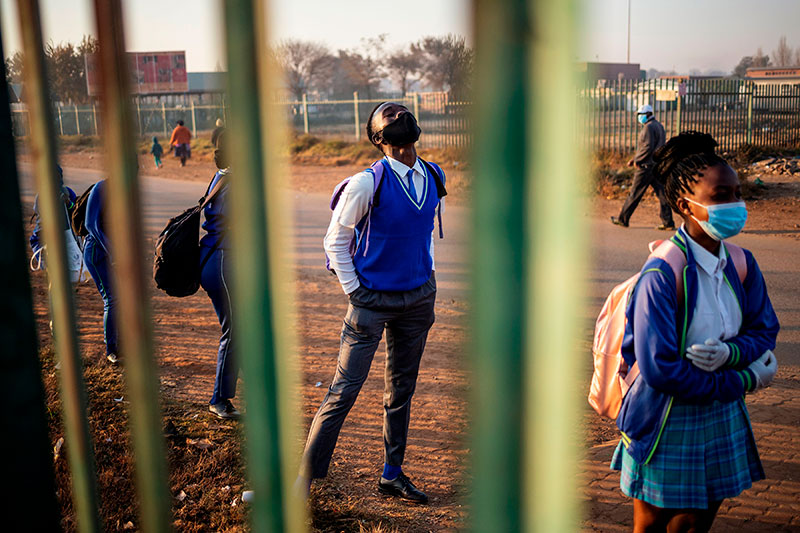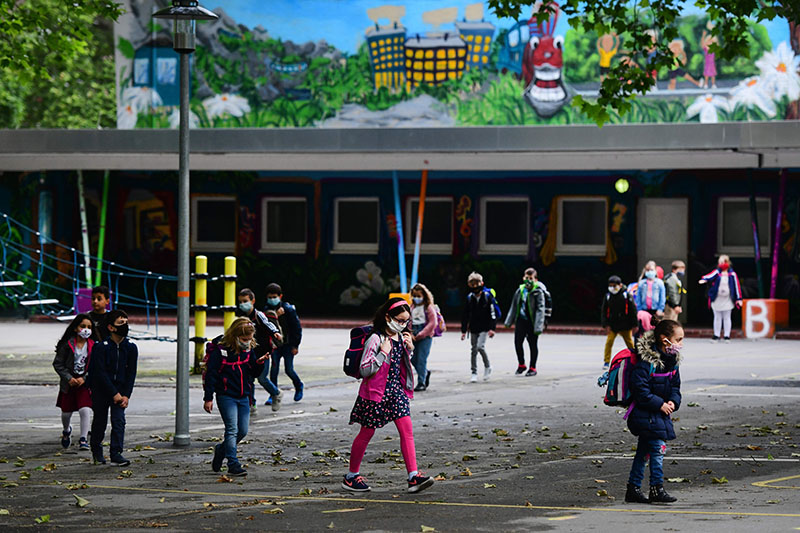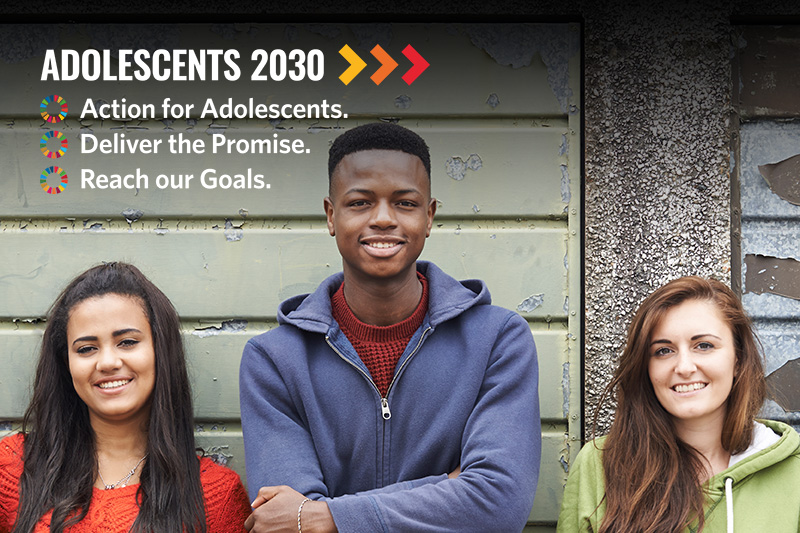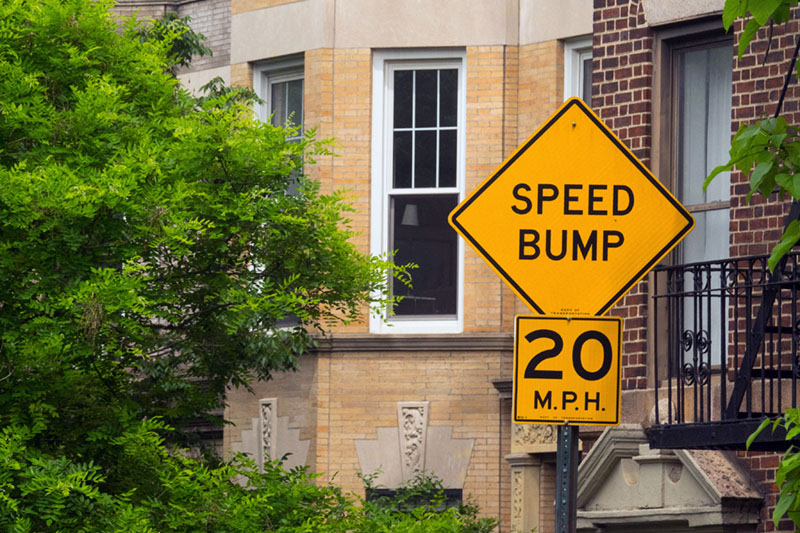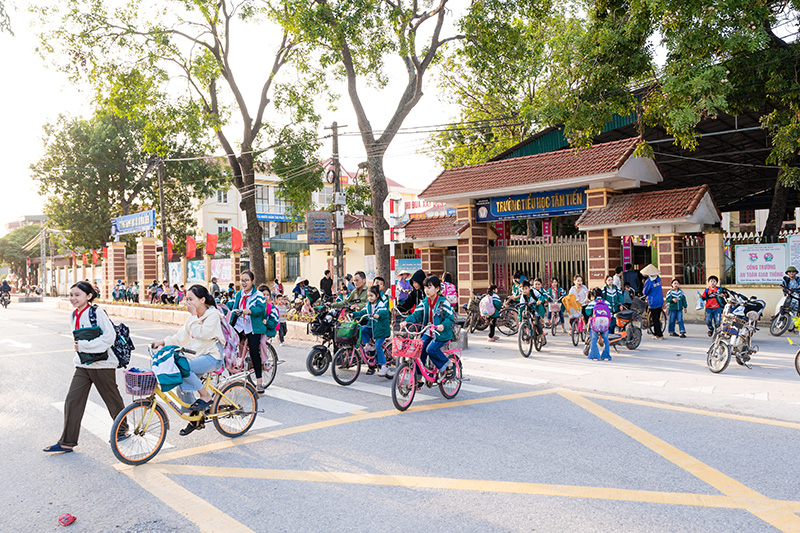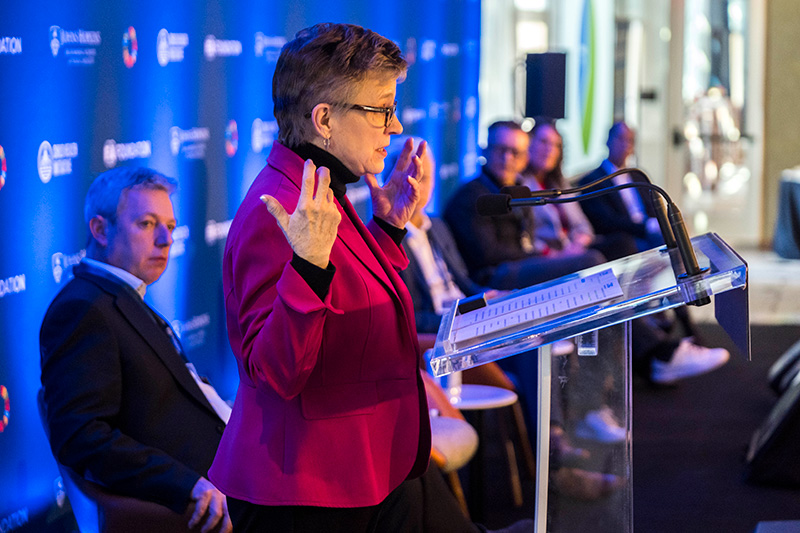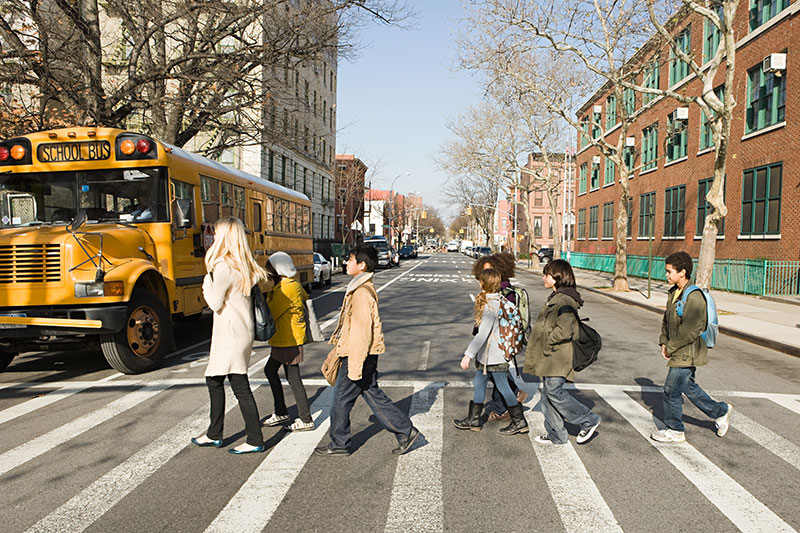UK NGOs call for urgent implementation of ‘School Streets’ to address post Covid-19 return to school
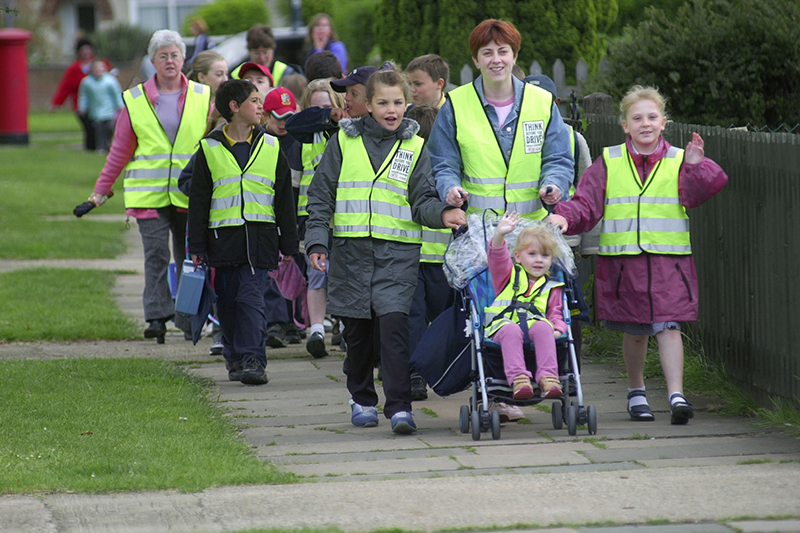
As schools around the world are re-opening their doors following the Covid-19 pandemic lockdown, parents look to the risks faced by their children on their daily journeys. Roads are beginning to fill up once more with speeding vehicles producing toxic fumes.
In the UK, NGOs – including the FIA Foundation - are calling forlocal governments to take action to build cycle lanes, widen pavements and restrict motor traffic in order to ensure children remain safe.
A new survey finds six out of ten parents in Britain are worried about increased levels of traffic when lockdown is lifted. Based on this research, ten NGOs have come together with an urgent call to Councils to make walking and cycling safer so children can travel to and from school safely when schools in the UK reopen next week.
The ten NGOs recommend “School Street” schemes (which close roads to cars during pick up and drop off times) as particularly important as schools try to manage social distancing at the school gates, along with street improvements to make every child’s journey safer to walk and cycle. The ten NGOs are made up of Global Action Plan, Mums for Lungs, Living Streets, Possible, ClientEarth, Cycling UK, Asthma UK & British Lung Foundation Partnership, FIA Foundation, Ella Roberta Family Foundation and Guy’s and St. Thomas’ Charity.
The survey1, commissioned by Global Action Plan and carried out by Opinium, finds that six out of ten parents are worried about increased levels of traffic when lockdown is lifted, but that they are also keen to play their part. Over half (53%) plan to walk or cycle more than they did before after lockdown, and the vast majority of those that plan to be more active (79%) say that restricting vehicle access at certain times of the day would be helpful.
In response to the survey, the NGOs are calling on Councils to use £280 million of funding2 that has been made available by governments in UK for Local Authorities to build cycle lanes, widen pavements and restrict motor traffic to make our neighbourhoods safer. Such action would be supported by the majority of the public:
- 69% of the public – including those without children – want to see communities retain safer roads and fewer car journeys when lockdown eases.
- Social distancing requirements at the school gate risks children and parents spilling out into the road making vehicle restrictions on school streets an urgent safety need.
- With the public advised to only use public transport as a last resort, a surge in car travel is possible if families do not feel it is safe enough for their children to walk or cycle to school. The majority of all adults want to see more space for pedestrians (63%), and cyclists (52%).
- Increased traffic will increase air pollution which is particularly dangerous for children as it stunts their lung development. Leading scientists say that the coronavirus may be more dangerous for people whose lungs are already affected by air pollution. The survey also found half (50%) of expecting mothers and parents of children under 10, are now much more concerned about air pollution since lockdown.
The group of NGOs are also promoting actions the UK public and parents can take to make roads outside their schools safer, including contacting their local council to ask for “School Streets”, cycling space and social distancing space.
Chris Large, Senior Partner at Global Action Plan, says: “Returning to school is full of anxieties for parents and simple street improvements would drastically reduce the worry over children being able to get to school safely. Some Local Authorities are doing a great job of making active travel safer, but some have not even started. Whether a child’s neighbourhood keeps low traffic and clean air beyond the end of the lockdown shouldn’t be a postcode lottery”.
Dr. Alison Cook, Director of External Affairs at the British Lung Foundation, says: “Air pollution is the biggest environmental threat to our health. It increases everyone’s risk of respiratory disease and children’s lungs are particularly vulnerable. Pollution can harm growth of lung function in the womb, during childhood and right up to the late teens. For children with asthma, high levels of air pollution are linked to increased asthma attacks. As children start to go back to school, it's more important than ever that we protect their lungs through initiatives like School Streets.”
Jemima Hartshorn, Mums for Lungs, says: “Many parents tell me that it has been such a relief to be able to cycle or walk with their children without feeling pressured by traffic or scared of air pollution, but the prospect of that traffic returning is a real cause of stress.”
Sheila Watson, Deputy Director of the FIA Foundation, says: “All parents want to protect their children from the dangers of our modern world; from the ones we can see, like fast-moving traffic, as well as the invisible risks from poor air quality and less active lifestyles. We have the chance to reduce road traffic, shifting to safer and more sustainable modes of transport that reduce air pollution, improve health and fitness and even offer the chance for better educational outcomes for our children. These are huge prizes which could secure the health and wellbeing of our children now and for the future, and we encourage local authorities to grasp them.”
Jenni Wiggle, Living Streets Interim CEO, says: "Parents' concerns about the back to school traffic are totally legitimate and while the pandemic has been a truly nightmarish time for so many of us, one positive thing has come out of it - we are experiencing the lowest levels of traffic since 1920 when Living Streets was set up. More families walking to school is something we've wanted to see for a long time, and we hope many will decide to walk or cycle local, everyday journeys like the walk to school. School Streets have a real part to play in improving the area outside the school gates, making them a safer and cleaner place to spend time."
Sarah Hannafin, Senior Policy Advisor, National Association of Headteachers, says: “There are many logistical challenges that need to be overcome to keep children safe as they return to school, both inside and outside the school gate. How families travel to and enter school premises is a big concern. These measures could help to keep everyone safer and to maintain some of the positive environmental consequences of lockdown.”
Roger Geffen, Policy Director at Cycling UK, says:“It is clear that use of public transport and school buses will be seriously constrained for a while. That is why Cycling UK is now urging councils throughout Britain to install pop-up cycle lanes and pavement widenings, 20mph speed limits, ‘school streets’ schemes and to close rat-runs. Enabling pupils and their parents to cycle and walk for the post-lockdown school run is vital to avoid it being even more car-dominated than before, and instead to prepare for a green and healthy recovery.”
